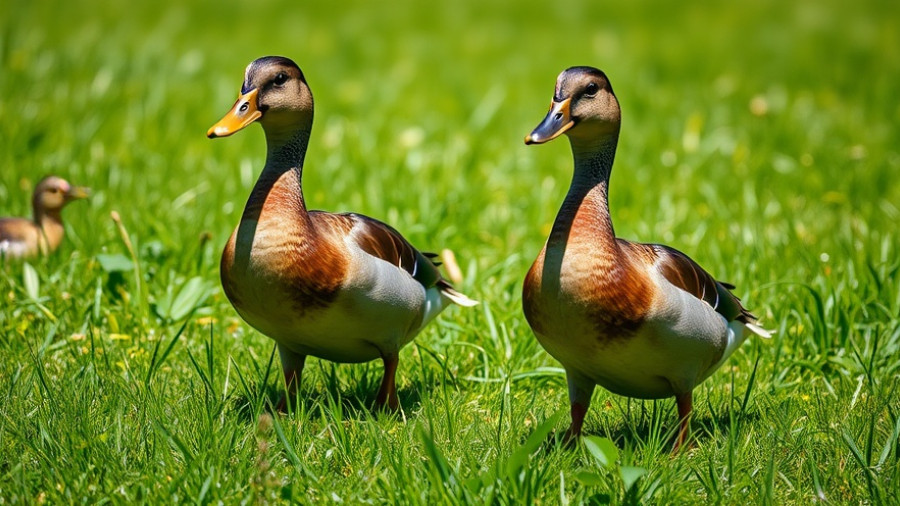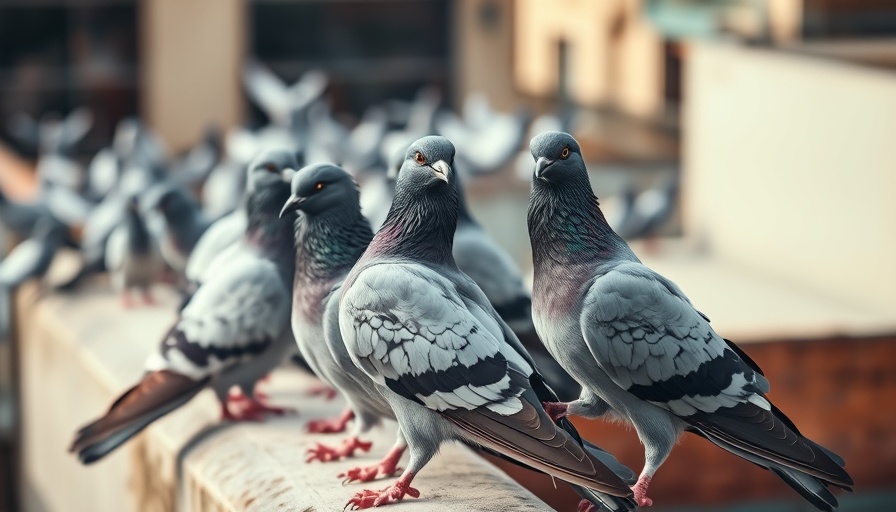
Are Pigeons Really a Health Threat?
Pigeons, often labeled as gentle symbols of peace, have sparked a heated debate in urban India as their presence raises serious public health concerns. Recent initiatives, particularly in Mumbai, emphasize a complex historical relationship between these birds and human health, challenging the notion of them simply being harmless city dwellers.
Examining Medical Evidence
Health experts have begun sounding alarms about the risks posed by pigeons. For instance, research reveals that pigeon droppings can harbor harmful pathogens, leading to conditions such as hypersensitivity pneumonitis, which may severely affect respiratory health. Dr. Venkat Jummidi underscores the need for vigilance, especially for vulnerable populations such as children and the elderly. The persistence of pigeon populations in densely populated areas fosters an environment ripe for the transmission of diseases, compelling public health officials to prioritize community safety over animal rights.
Understanding the Arguments
Animal welfare organizations like PETA India have presented conflicting narratives, asserting that the risk of disease transmission from pigeons remains minimal, emphasizing that the public should not be driven to extreme measures, such as banning feeding entirely. This raises important ethical questions: how do we balance animal welfare against human health facts? While PETA cites data indicating minimal respiratory illness cases linked to pigeons, medical professionals and recent studies remind us of the severe implications of unregulated urban wildlife.
A Call for Solutions
In light of this ongoing conflict, constructive alternatives must be explored. Both public health measures and humane treatment of animals could coexist. Proposed solutions include establishing designated feeding areas and implementing regular maintenance of these sites to reduce health risks. By encouraging responsible practices, we can mitigate health hazards while preserving our avian community.
Conclusion: Finding Common Ground
The debate surrounding pigeons in urban landscapes is yet another reflection of the larger confrontation between human health and animal welfare, inviting us all to rethink our approaches to coexistence. By focusing on evidence-based strategies to manage this issue, we can foster a healthier city for both humans and birds.
 Add Row
Add Row  Add
Add 




Write A Comment